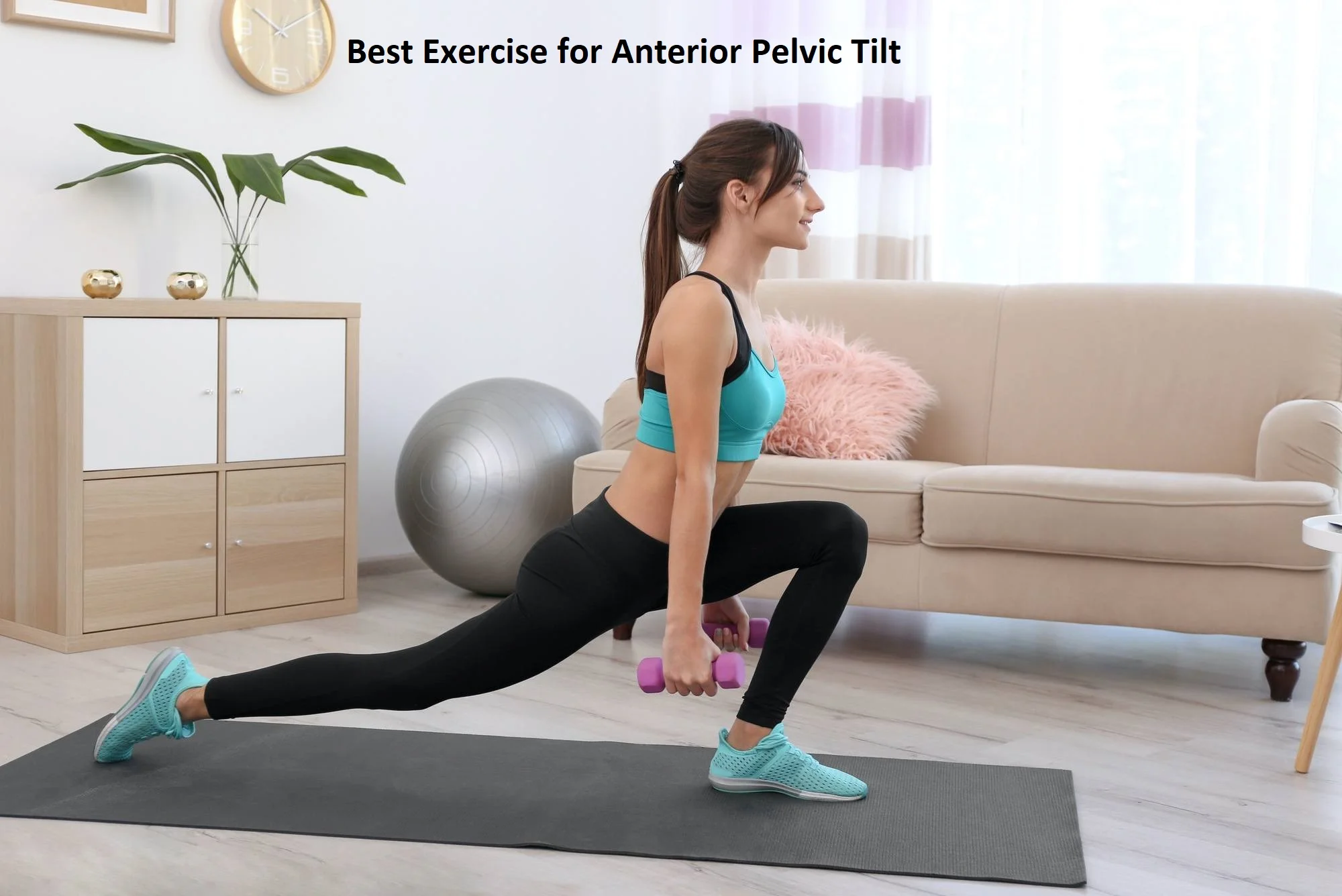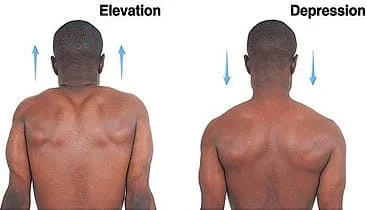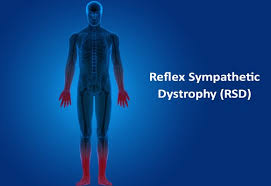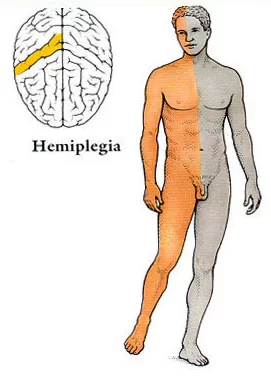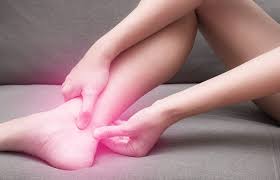9 Best Exercise for Anterior Pelvic Tilt
Exercise for Anterior Pelvic Tilt is an important part of your overall treatment program mainly stretching exercise for tight muscles and resisted exercise for weak muscles as per the assessment of an individual person who has Anterior pelvic tilt.
Anterior pelvic tilt (APT) is a postural imbalance that occurs when the front of the pelvis rotates downward and the back of the pelvis rises. This can lead to various issues, including lower back pain, tight hip flexors, and weakened glutes and abdominals. Correcting APT requires a combination of stretching tight muscles and strengthening weak muscles.
Table of Contents
Why does anterior pelvic tilt happen?
Anterior pelvic tilt (APT) can occur due to a variety of factors, including muscle imbalances, postural habits, and structural issues. Here are some common causes of APT:
Weak Abdominal Muscles: Insufficient strength in the abdominal muscles, particularly the deep core muscles, can contribute to APT. When the abdominals are weak, the pelvis can tilt forward, leading to an exaggerated curve in the lower back.
Tight Hip Flexors: The hip flexor muscles, including the psoas and rectus femoris, can become tight and shortened, pulling the pelvis downward at the front. This tightness is often caused by prolonged sitting, such as in desk jobs or sedentary lifestyles.
Weak Gluteal Muscles: The gluteal muscles, including the gluteus maximus and gluteus medius, are responsible for hip extension and stabilization. Weakness in these muscles can contribute to APT, as the pelvis may tilt forward to compensate for the lack of gluteal strength.
Imbalanced Postural Habits: Certain postural habits, such as standing with excessive arching in the lower back or tilting the pelvis forward, can contribute to APT over time. Poor posture, both while standing and sitting, can lead to muscle imbalances and alignment issues.
Structural Factors: In some cases, structural factors can contribute to APT. These may include skeletal abnormalities, such as a naturally excessive lumbar curve or leg length discrepancies. While less common, these structural factors can influence pelvic alignment.
It’s important to note that multiple factors can interact and contribute to APT, and each individual’s situation may be unique. Addressing APT typically involves a combination of exercises to strengthen weak muscles, stretches to release tight muscles, and adopting proper posture and movement habits throughout the day. Consulting with a healthcare professional or a qualified fitness trainer can provide further insight into your specific situation and help develop an appropriate corrective plan.
9 Best Exercises for Anterior Pelvic Tilt:
Here are some exercises that can help address anterior pelvic tilt:
Planks :
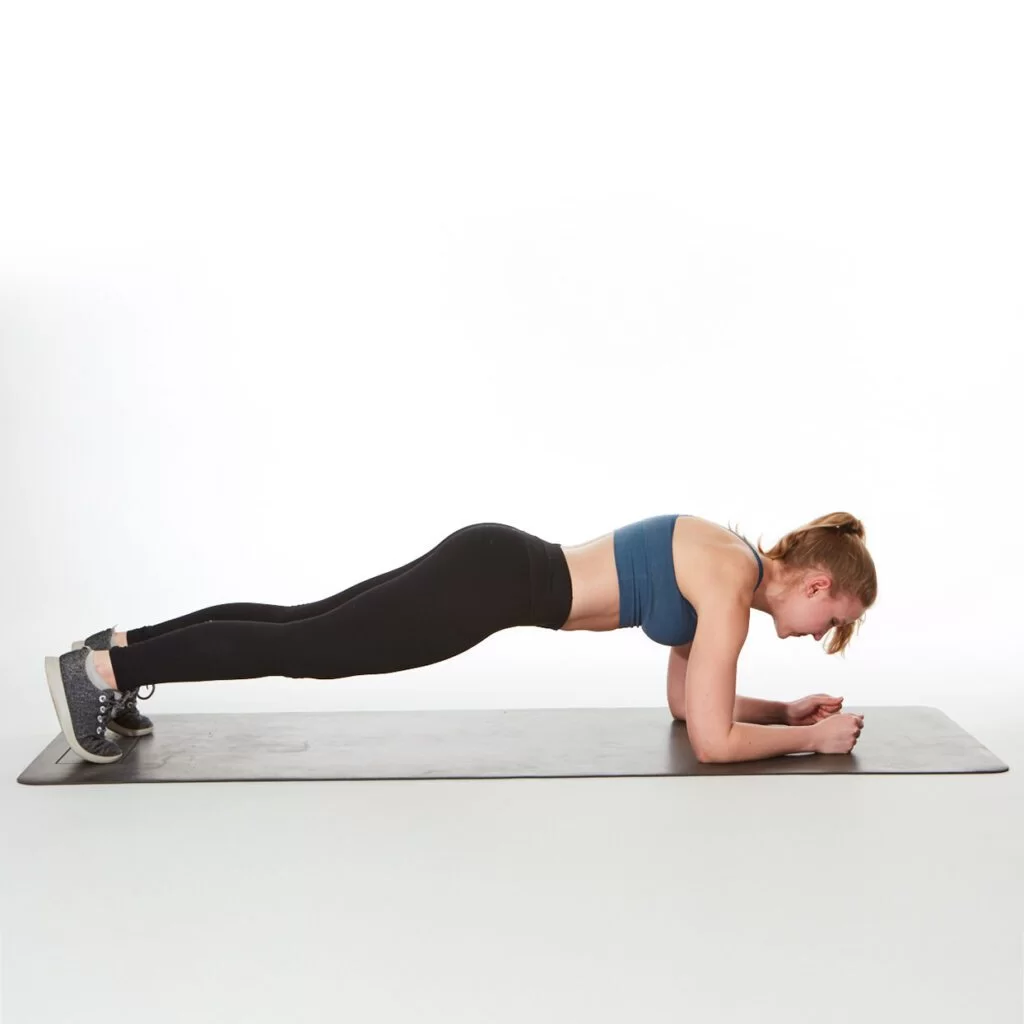
You have to sleep in a prone lying position and now you have to take support of your elbow and hold it for 10 to 30 seconds. You can do this exercise 3 to 5 times as per your muscle capacity.
In one day you can repeat this exercise 2 to 3 times so you can increase the strength of your core muscles and it helps to move your pelvis in a normal position.
Hip muscles strengthening :
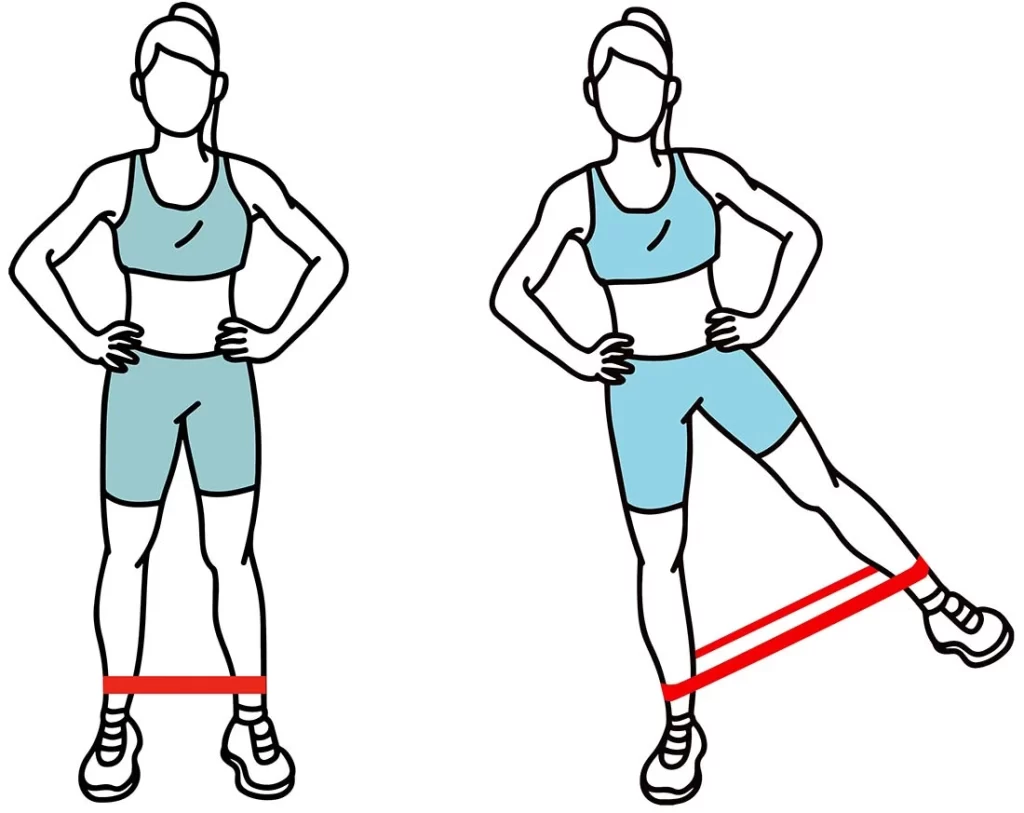
For the Hip muscle strengthening you have to go in a standing position and tie Thera Band on your both thighs after that you tried to do sidestepping 8 to 10 times, you can do this exercise 3 times per day.
Bridging exercise :
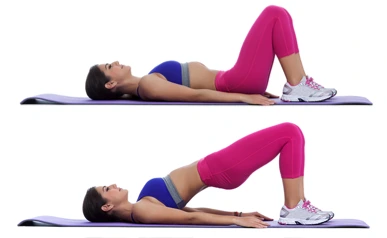
For this exercise, you have to go in a straight lying position and bend your knees 90°. Both hands should be in a relaxed position. After that, lift your hips upside and hold them for 5 to 10 seconds and do this 10 times. You can repeat this exercise 3 to 5 times per day.
Hip Flexor stretching :
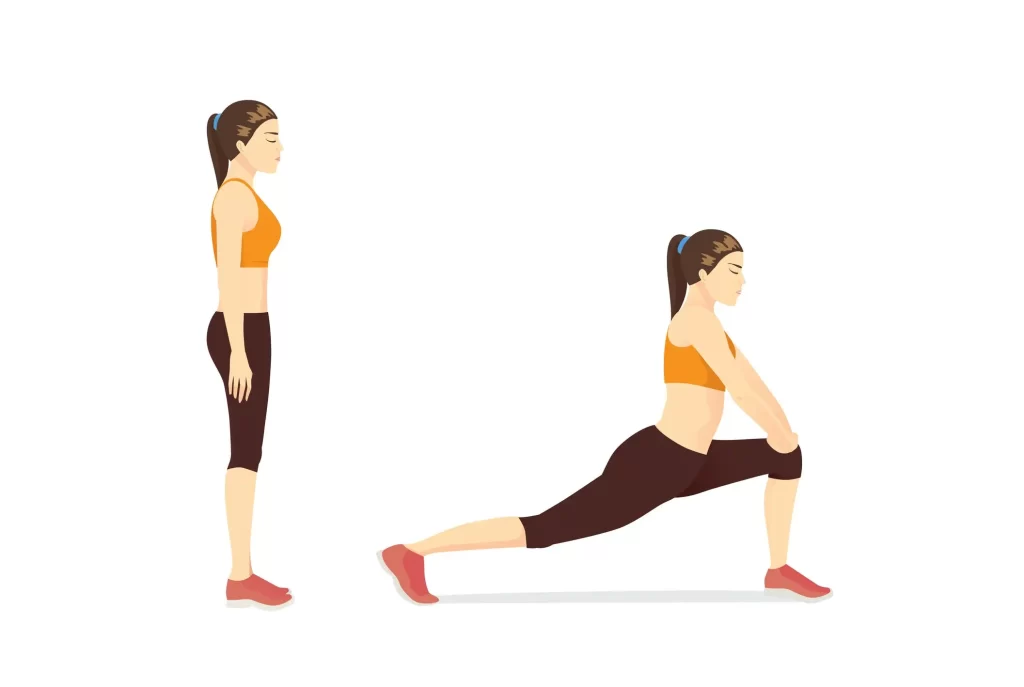
For the stretching of your flexors, you need to stand straight after that you have to move your right leg forward and Bend it 90°. Take note that your left leg will go in backward and your back will be straight This can help you to stretch your front of the Thigh muscles. You need to do this exercise with a 30-second hold and 3 to 5 times per day.
Crunches for abdominal curl :
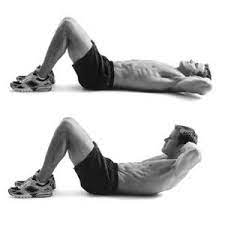
This exercise will help you to activate your muscle in the proper position before doing this exercise, you have to go in a lying position with your back and bend your knees with your feet in contact with the floor and put space between your knees. Now hold both hands at the backside of the head with your elbows Wide. Move your head towards the Knees and live back down to the floor, it will squeeze your abdominal muscles. Repeat this exercise 10 to 15 times and you can do this exercise 3 to 5 times per day.
Squats :
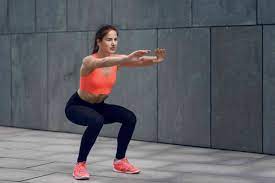
This exercise will strengthen your gluteal muscle group.
Steps:
First of all, stand in a straight position with a wide base of support. Now try to go in a sitting position in the air and hold this position for 10 to 15 seconds.
Do this exercise for 10-15 repetitions. In a whole day, you can perform this 3 to 5 times.
Lunges :

This exercise involves moving forward with one leg band and both knees bending, which can help you to strengthen your gluteal and leg muscles. Through this exercise, you can reduce the curvature of the pelvis. You can do this 10 times per session and around 3 to 4 times in a daily routine.
Bird Dog exercise

The Bird Dog exercise is a core stabilization exercise that targets the muscles of the lower back, abdominals, and glutes. It can be beneficial in addressing anterior pelvic tilt (APT) by strengthening the weak muscles and improving overall core stability.
Steps:
Begin with your hands and knees in all four limb positions. Your hands should be directly under your shoulders, and your knees should be under your hips, hip-width apart.
Keep your spine in a neutral position.
Engage your core muscles by drawing your abs toward your spine.
Extend your right arm straight forward while simultaneously extending your left leg straight back. Your leg should be straight but not hyperextended.
Maintain a stable and level pelvis. Avoid allowing your hip to lift higher than the other side or your lower back to arch excessively.
Hold the position for a few seconds, focusing on keeping your core engaged and your body stable. You should feel the activation in your lower back, abdominals, and glutes.
Slowly return to the starting position and repeat on the opposite side, extending your left arm and right leg.
Continue alternating sides for the desired number of repetitions or duration.
Dead Bug exercise
The Dead Bug exercise is a core strengthening exercise that targets the deep abdominal muscles, hip flexors, and stabilizers. It is an effective exercise for addressing anterior pelvic tilt (APT) by strengthening the core and improving overall postural alignment. Here’s how to perform the Dead Bug exercise:
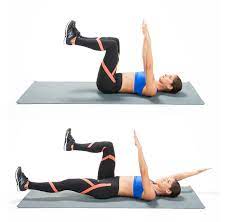
Lie on your back on a soft mat. Bend your knees at a 90-degree angle, with your feet lifted off the ground and your shins parallel to the floor. This is your starting position.
Engage your core muscles. Press your lower back into the floor to maintain a neutral spine throughout the exercise.
Extend your right arm straight above your shoulder and simultaneously lower your left leg until it hovers just above the floor.
Slowly return your right arm and left leg to the starting position, maintaining control and stability. Keep your core engaged and avoid any excessive arching or movement in your lower back.
Repeat the movement on the opposite side, extending your left arm straight above your shoulder while lowering your right leg.
Continue alternating sides, smoothly moving your limbs while maintaining stability in your core. Each time you extend an arm or leg, focus on maintaining proper form and control.
Aim to perform 8-12 repetitions on each side for a few sets, gradually increasing the number of repetitions or sets as your core strength improves.
Anterior Pelvic Tilt Exercises to avoid
While exercises can be beneficial in correcting anterior pelvic tilt (APT), there are some exercises that may exacerbate the issue or put unnecessary stress on the affected muscles. It’s important to avoid exercises that can worsen muscle imbalances or contribute to increased pelvic tilt. Here are a few exercises to avoid if you have APT:
Leg Presses with Deep Hip Flexion: Exercises like leg presses or deep squats that involve significant hip flexion and knee flexion can excessively shorten and tighten the hip flexor muscles. This can further contribute to APT. If you perform leg presses, avoid going into a deep range of motion where your hips are excessively flexed.
Overhead Shoulder Press with Excessive Lumbar Extension: When performing overhead shoulder presses, some individuals tend to compensate by excessively arching the lower back. This can aggravate APT and put additional stress on the lumbar spine. Focus on maintaining proper spinal alignment and avoiding excessive arching during this exercise.
Hyperextensions/Lower Back Extensions: Exercises that primarily target the lower back, such as hyperextensions or lower back extensions, can potentially worsen APT if performed incorrectly or with an excessive range of motion. These exercises can overwork the already tight lower back muscles, reinforcing the imbalance. If you choose to include them, perform them with caution and under proper guidance.
Heavy Deadlifts with Poor Form: Deadlifts are a compound exercise that can be beneficial for strengthening the posterior chain, including the glutes and hamstrings. However, performing heavy deadlifts with poor forms, such as rounding the lower back excessively, can strain the lower back and contribute to APT. It’s crucial to maintain a neutral spine and use proper lifting techniques during deadlifts.
It’s important to note that these exercises are not inherently bad, but they can potentially worsen APT if performed incorrectly or without addressing the underlying muscle imbalances. If you have APT, consider consulting with a healthcare professional or a certified fitness trainer who can provide personalized guidance and tailor an exercise program that suits your specific needs and limitations.
Complications :
Due to the anterior pelvic tilt, you may feel lower back pain.
Sometimes you have to face hip and knee pain due to pressure in that muscle.
Because of anterior pelvic tilt, your neck maybe goes in a forward position so you can feel pain in your neck muscles.
Risk factors :
Sit for a long time in one position, you are not doing more physical activity, and you have poor posture and genetics Problem may result from anterior pelvic tilt.
How to Prevent Anterior Pelvic Tilt?
Try to avoid prolonged sitting in the same position.
Do more physical activity and become active and fit.
Follow the postural correction, which is given by your therapist.
This is all about the anterior pelvic tilt. You can ask any question if you have a query.
Avoid exercise if…
Do not try to do this exercise if you feel pain after the exercise or at the time of doing the exercise. And never try to do this exercise without the advice of your doctor and your physiotherapist.
Summary :
It’s important to note that multiple factors can interact and contribute to APT, and each individual’s situation may be unique. Addressing APT typically involves a combination of exercises to strengthen weak muscles, stretches to release tight muscles, and adopting proper posture and movement habits throughout the day. Consulting with a healthcare professional or a qualified Physical therapist can provide further insight into your specific situation and help develop an appropriate corrective plan.
FAQ
What is the fastest way to fix anterior pelvic tilt?
There is the best and faster way to fix the anterior pelvic tilt is to do regular exercise 2 to 3 times per day with the proper precaution and advice of the Physiotherapist and your doctor.
Do squats fix anterior pelvic tilt?
Yes, Squats will increase the strength of the muscles which are not had the capacity to maintain posture properly, and they can fix pelvic tilt. However, a combination of other exercises is also required.
What muscles are weak with pelvic tilt?
In the condition of anterior pelvic tilt, the gluteal muscles become weak so the anterior pelvic tilt happens.
Can walking fix pelvic tilt?
Yes, We can fix anterior pelvic tilt by doing proper and regular exercise. Walking can help a little bit but proper exercise is required to correct Pelvic tilt.
Can physiotherapy fix pelvic tilt?
There is the only way to fix the pelvic tilt is the exercise under the guidance of a qualified physiotherapist. Physiotherapy treatment also helps to manage symptoms that are seen in Pelvic tilt.

